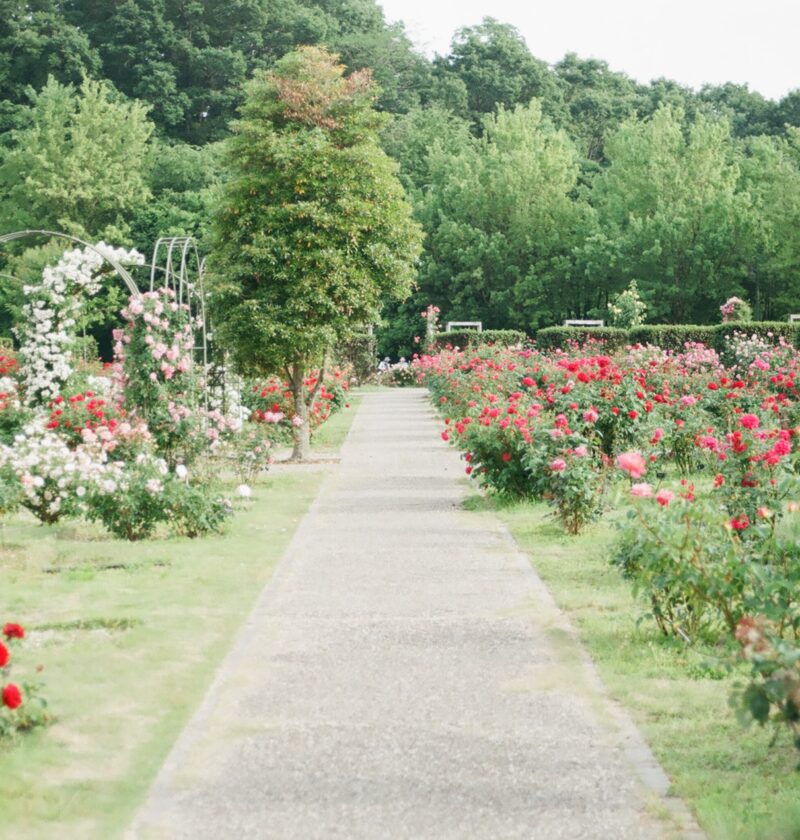Balance is essential for designing a formal garden or an intimate space. You want your design to be smooth so that it retains its utility.
The key to balancing form and function is to plan and set clear goals for your design. It’s also worth talking with family and friends to ensure everyone’s expectations are understood.
Color and Texture
The elements of a garden design include line, form, color and texture. These can be combined and composed to create a cohesive whole that is visually interesting.
Colors evoke emotion and can be bright, warm or cool. They also make objects appear more prominent and closer to you or smaller and farther away. Red, for example, is an intense color that can be used to add energy and charisma.
It is often used in conjunction with other colors, such as green. Yellow and purple are also commonly used to complement each other on the color wheel and can be paired in a garden.
Another way to accentuate color is through texture. Texture can be coarse or fine. A large mass of delicate foliage may look like a fuzzy blur, while a small amount of feathery foliage looks airy and light.
Coarse and bold textures can help give a garden weight, especially with broadleaf plants such as Hosta. They are easy and inexpensive to add to your yard, but you will want to balance them with finer texture for the best effect.
Lines can be straight, curved, diagonal or a combination of these. They are used to direct the eye and regulate the garden design. They can also be used to separate areas or parts of the garden from each other for a more balanced look.
Form
One of the oldest and most desired spatial organization concepts of Bay Area landscape designers is symmetry. It can be achieved by mirror images that mirror each other in precise order or by groups of trees, plants, and structures approximately equal in visual weight on either side of an axis.
Intricate garden designs typically include various shapes, colors, and textures. However, they also need to blend in harmoniously with the surrounding landscape.
Formal gardens often feature geometric forms, including circles, squares, and polygons. In addition, some traditional designs may be built with a more informal, naturalistic style, such as meandering lines or fragmented edges.
A garden’s balance of form and function can vary depending on the time of year. This is due to the ever-changing nature of the plants in a park. Plants may grow taller than anticipated or self-seed and outgrow a space.
To help achieve this balance, graph your garden design to scale before planting. This will help you to visualize the layout and create an easy, step-by-step plan.
To further enhance the visual impact of a formal garden, use large-scale geometric forms to create an adequate bird’s-eye view. This is especially true when laying out pathways, patios, and planting beds that will be viewed from a high window. Bold zigzags and other geometric forms are ideal for this purpose.
Enclosure
The enclosure is an area of land surrounded by a fence or wall. It is a type of design that can be used to create a formal or informal garden.
When designing a garden, it is essential to consider enclosure. This can help you create a well-balanced design. Additionally, hiring landscape grading services may be what you need to build the yard or garden that you’ve been dreaming of.
An excellent example of an enclosure is a knot garden. These were created in the middle ages and were generally very intricate designs that looked like plants were woven under and over each other.
Another typical example of the enclosure is a parterre. These enclosed beds can be planted with flowers, vegetables, and herbs.
When creating a parterre, adding height to the design is essential. This can be done through the use of trellises and other structures.
It can also be accomplished through mirrors, benches, and other elements that reflect and focus light on the space. The result is a garden that is both playful and intimate.
Unity
When designing a garden, it is essential to balance form and function. This is especially true if the garden is large and you are trying to create an illusion of space. It would help to consider how the garden will be used and what kinds of plants are best suited for that purpose.
One way to achieve this is by using symmetry and asymmetry in your design. Symmetrical balance is when you have more or less the same elements, areas, shapes, and colors on both sides of an axis .
It can be achieved through interconnection, which is the physical linkage of features in the design. This includes plant groupings and hardscapes like pathways, stone paving or walkways, garden structures, and decorative accents.
The symmetrical balance of a pair of similar plants or structures is one of the most visually exciting and aesthetically pleasing design concepts. Often, this is the most difficult to achieve because it requires you to use various forms and colors in the same design.
Another concept is using color to evoke an emotion in your design. Using warm colors, such as red, orange or yellow, can give your design a feeling of warmth and excitement. Cool colors, such as green and blue, can evoke a sense of tranquility or peace.







